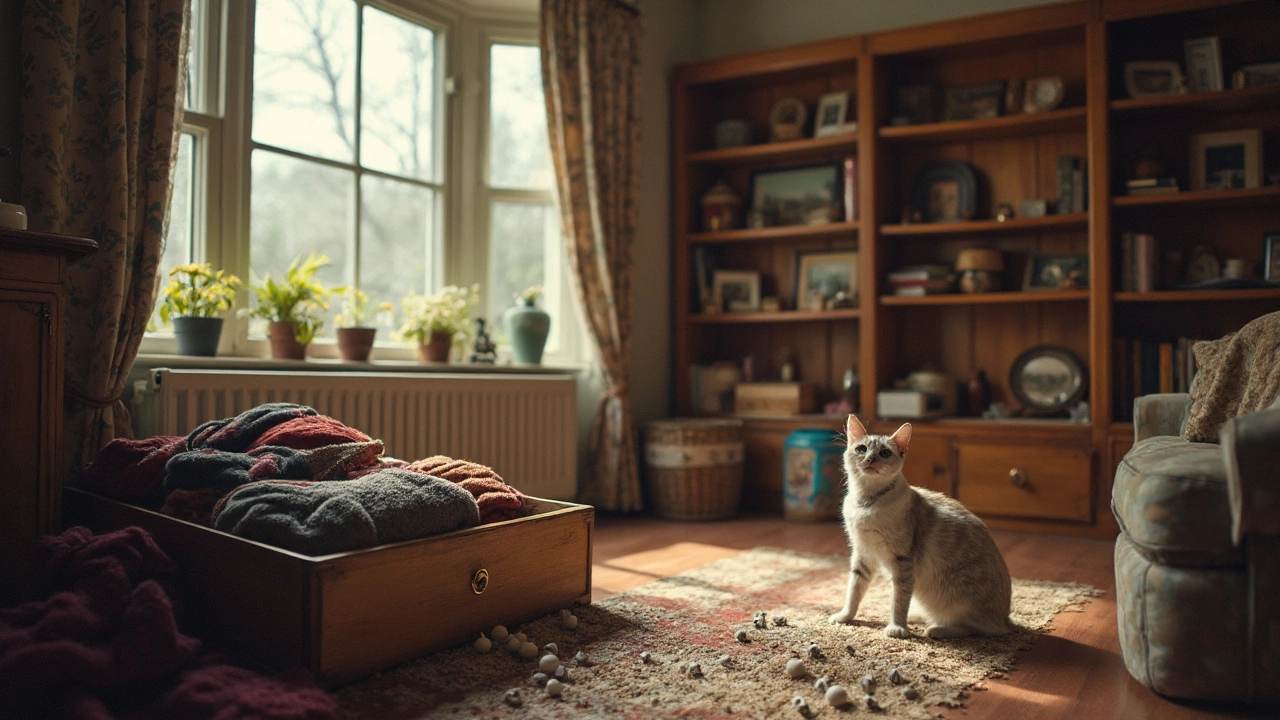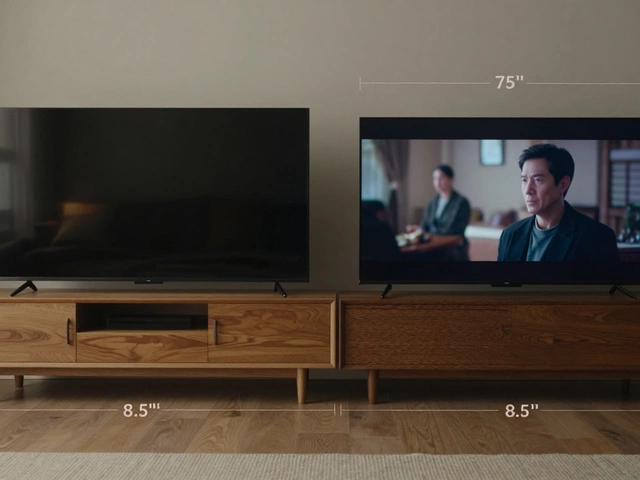Furniture Protection Tips for Every Home
Ever look at your patio set and wonder if it will survive the next rainstorm? Or notice that your wooden wardrobe feels dry after a cold night? You’re not alone. Most people think furniture just lasts on its own, but a few simple steps can add years to your pieces and keep your garden looking fresh. Below are the everyday hacks you can start using right now.
Outdoor Furniture: Guarding Your Garden
The first thing to think about is the ground underneath. Heavy chairs and tables can crush the grass, leaving brown patches that are hard to fix. Use a low‑profile rug, a plastic grid, or even a set of interlocking deck tiles. They spread the weight and let the soil breathe, so the grass stays green.
Next, cover your furniture when you’re not using it. A breathable fabric cover protects against rain, dust, and UV rays without trapping moisture. If you have a small balcony, a simple sheet tied with elastic straps works just as well. The cover should fit snugly but still allow air to circulate – that’s the key to avoiding mold.
Don’t forget about cleaning. A quick wipe with a damp cloth after a dusty day removes grit that can scratch metal frames. For wooden pieces, a light coat of outdoor oil once a season seals the wood and stops it from cracking.
Indoor Pieces: Surviving Cold & Daily Wear
Winter can be brutal on furniture. Low temperatures make wood shrink, which leads to gaps and noisy joints. Keep indoor heaters away from direct contact with wooden tables or wardrobes. A space of at least six inches lets the heat move evenly through the room instead of concentrating on one piece.
If you notice your sofa or armchair getting stiff, a simple spray of fabric protector helps repel spills and reduces the need for deep cleaning. It also adds a thin barrier against the dry indoor air that can dry out upholstery fibers.
For metal frames, a quick wipe with a cloth dampened in vinegar and water removes rust before it spreads. Follow up with a light coat of rust‑inhibiting spray – it’s cheap and does the job.
Lastly, think about placement. Heavy items near doors or windows can suffer from drafts, which speed up wear. Move them a little farther in, and you’ll notice they stay cooler in summer and warmer in winter.
Protecting your furniture doesn’t need a big budget or a lot of time. A few minutes each week – covering, cleaning, and checking for damage – can keep your pieces looking new for years. Try one tip today and see the difference. Your garden will stay greener, your indoor rooms will feel cozier, and your wallet will thank you when you don’t have to replace items so often.
Mothballs: What They Actually Keep Away and Why Storage Furniture Matters
Ever wonder if throwing mothballs in your storage furniture really keeps pests away—or if it’s just an old trick from grandma’s closet? This article digs into which critters mothballs actually repel and how they work. We also look at the risks of using them around your stuff and your family (kids and pets included). You’ll find some surprising uses, plus better ways to protect your storage furniture. By the end, you’ll know when mothballs work, when they don’t, and the safest route for your home.







